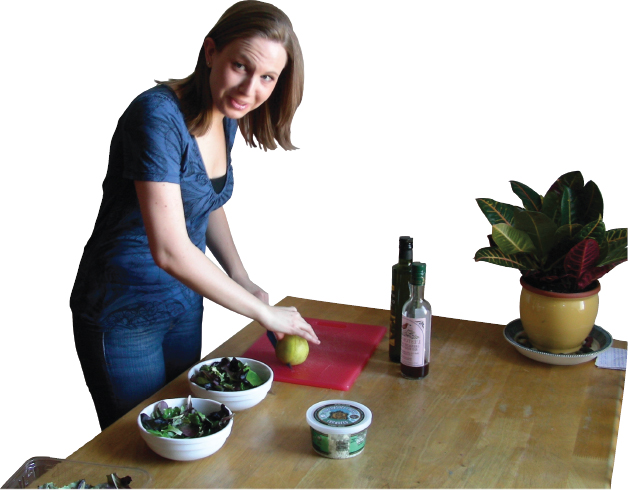Demonstration

Food blogger and editor Peggy Paul was offered the opportunity to appear on The Rachael Ray Show after informing the celebrity host that she could prepare a four-
The key to delivering an effective demonstration speech is to begin with a clear statement of purpose and to follow a very straightforward organizational pattern. In most cases, a chronological pattern works best for a demonstration, with the process broken down into a number of steps that are presented in order of completion. The following steps in the process of decorative painting techniques illustrate a demonstration speech in chronological order. You can imagine the speaker showing each of the three methods.
To demonstrate how to liven up a room with faux paint, you can use three popular types of decorative wall painting: color washing, sponging on, and ragging off.
Color washing hides flaws in the wall and gives it a textured look. First, paint your wall a base color. Next, with short strokes, brush one or more glaze colors loosely over the contrasting base color (show photographs).
The sponging-
Ragging off gives the wall a delicate, evenly textured appearance. Apply two base coats of two colors. While the second color is still wet, use a clean dry rag wrapped around a paint roller, and roll it across the wall (demonstrate technique).2